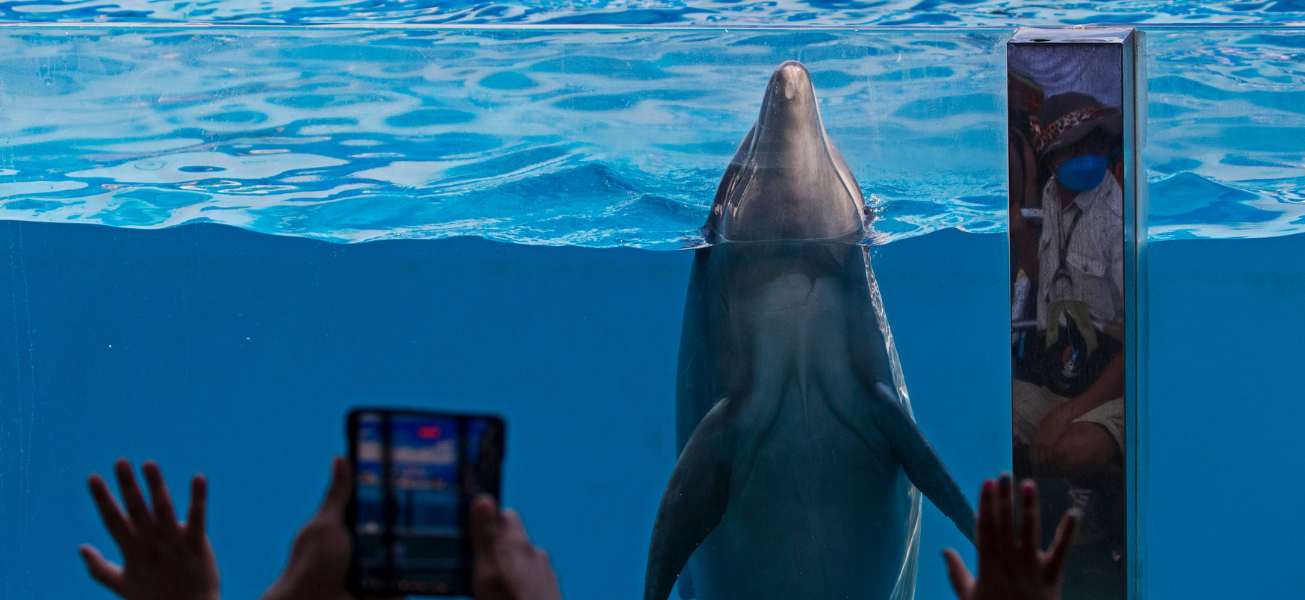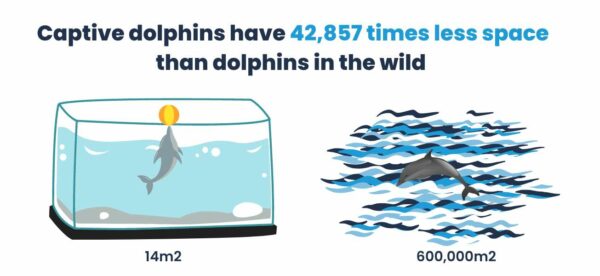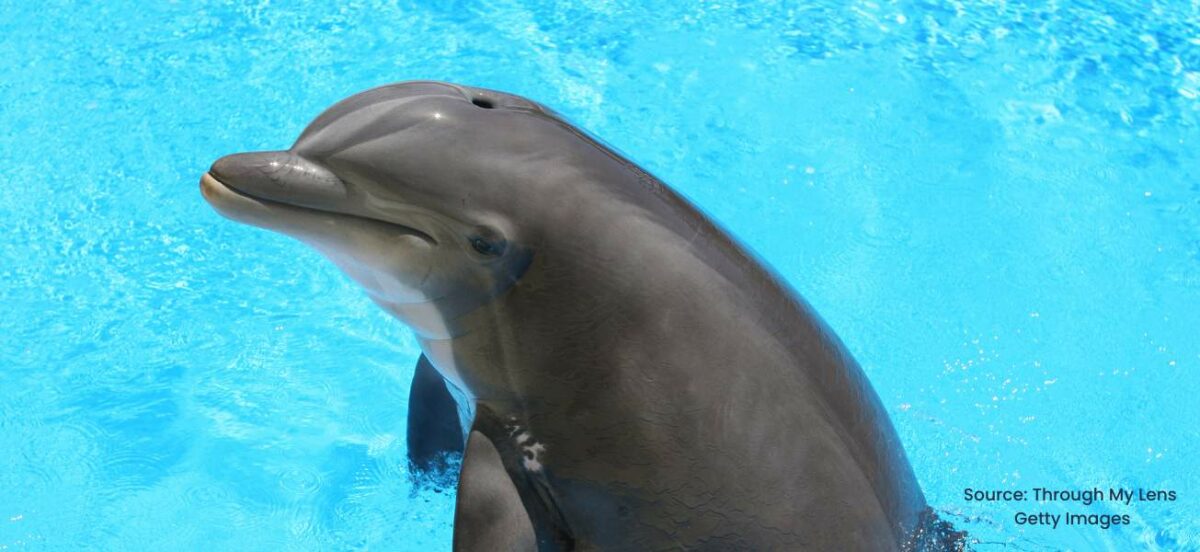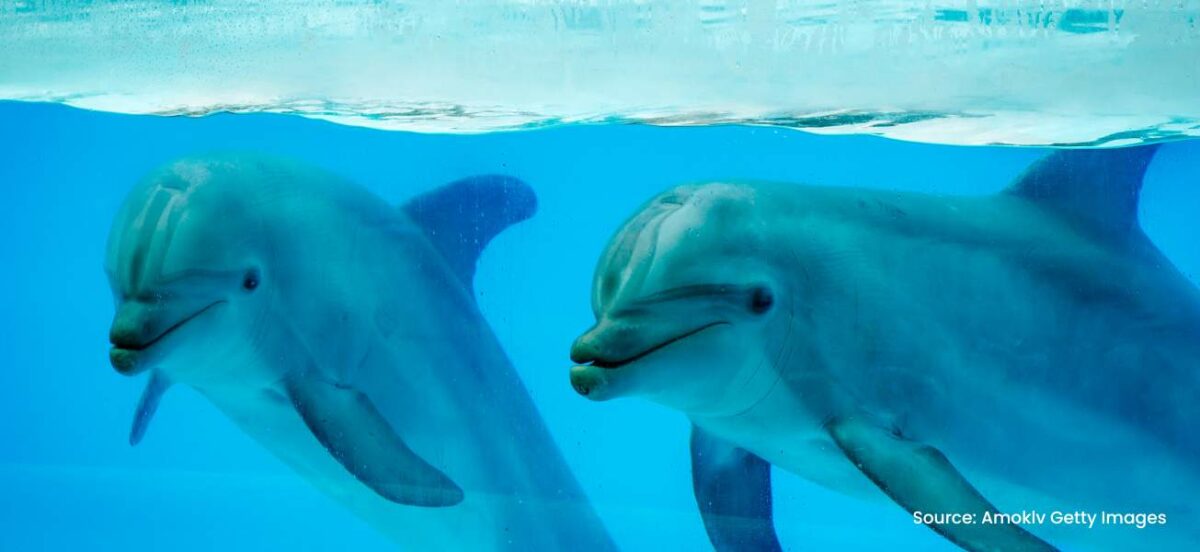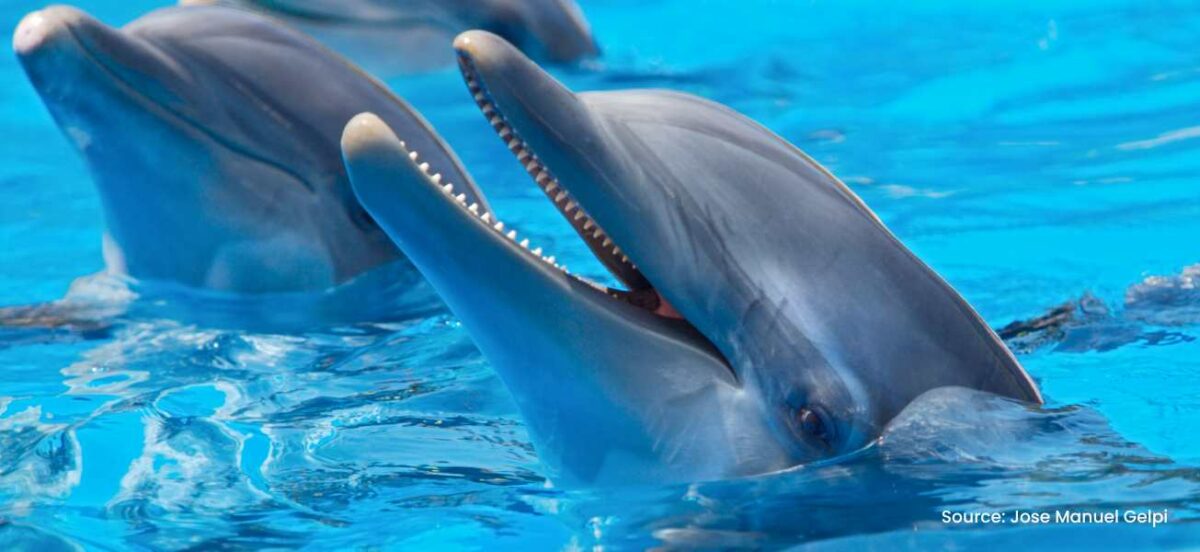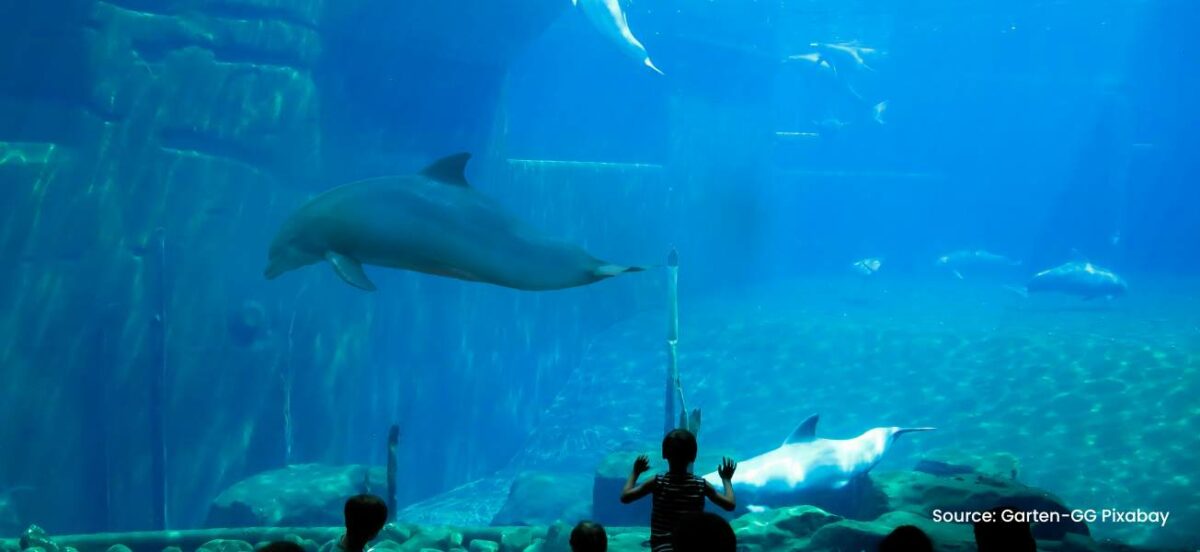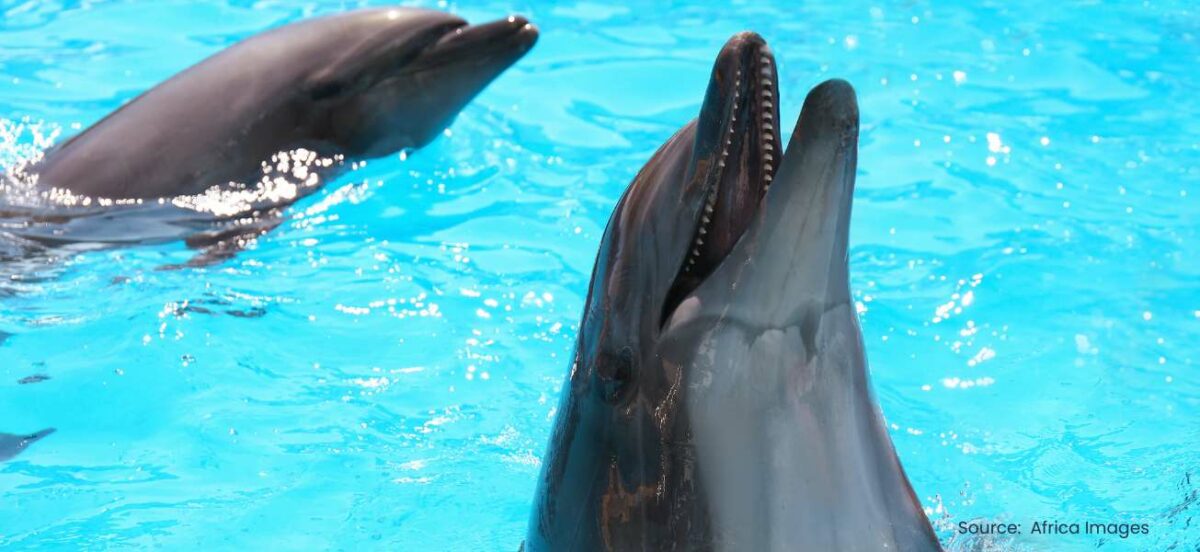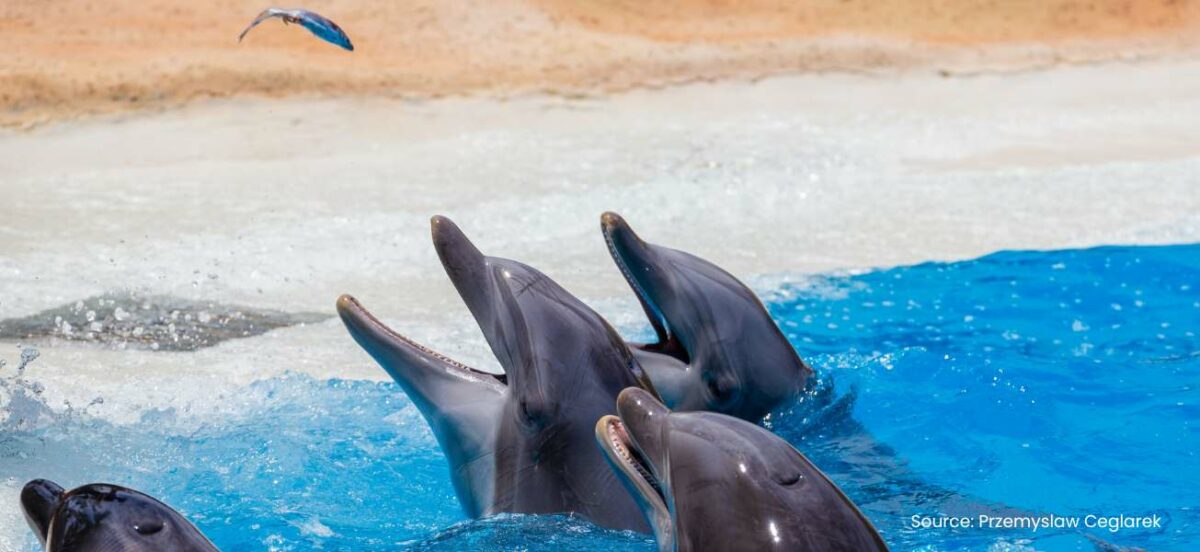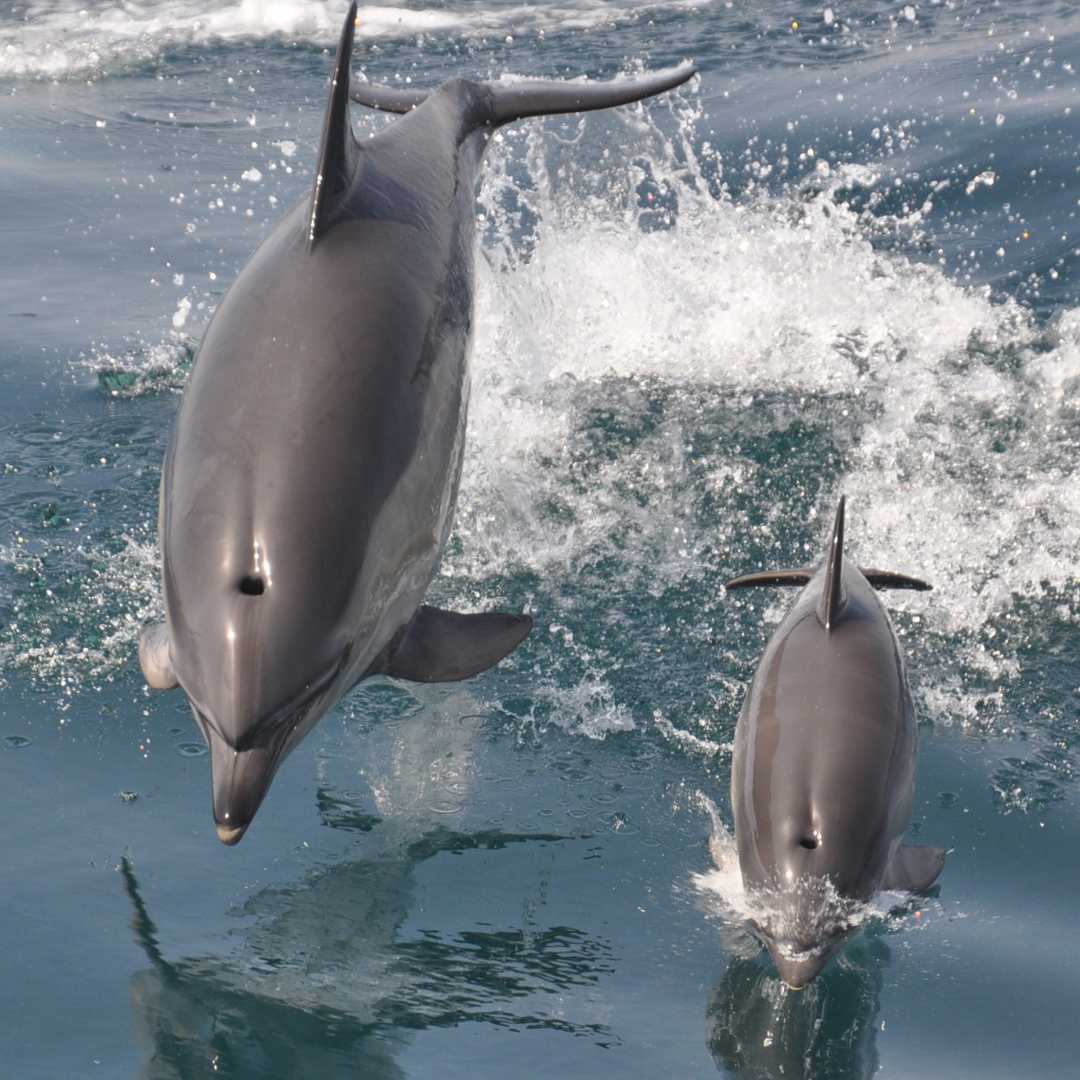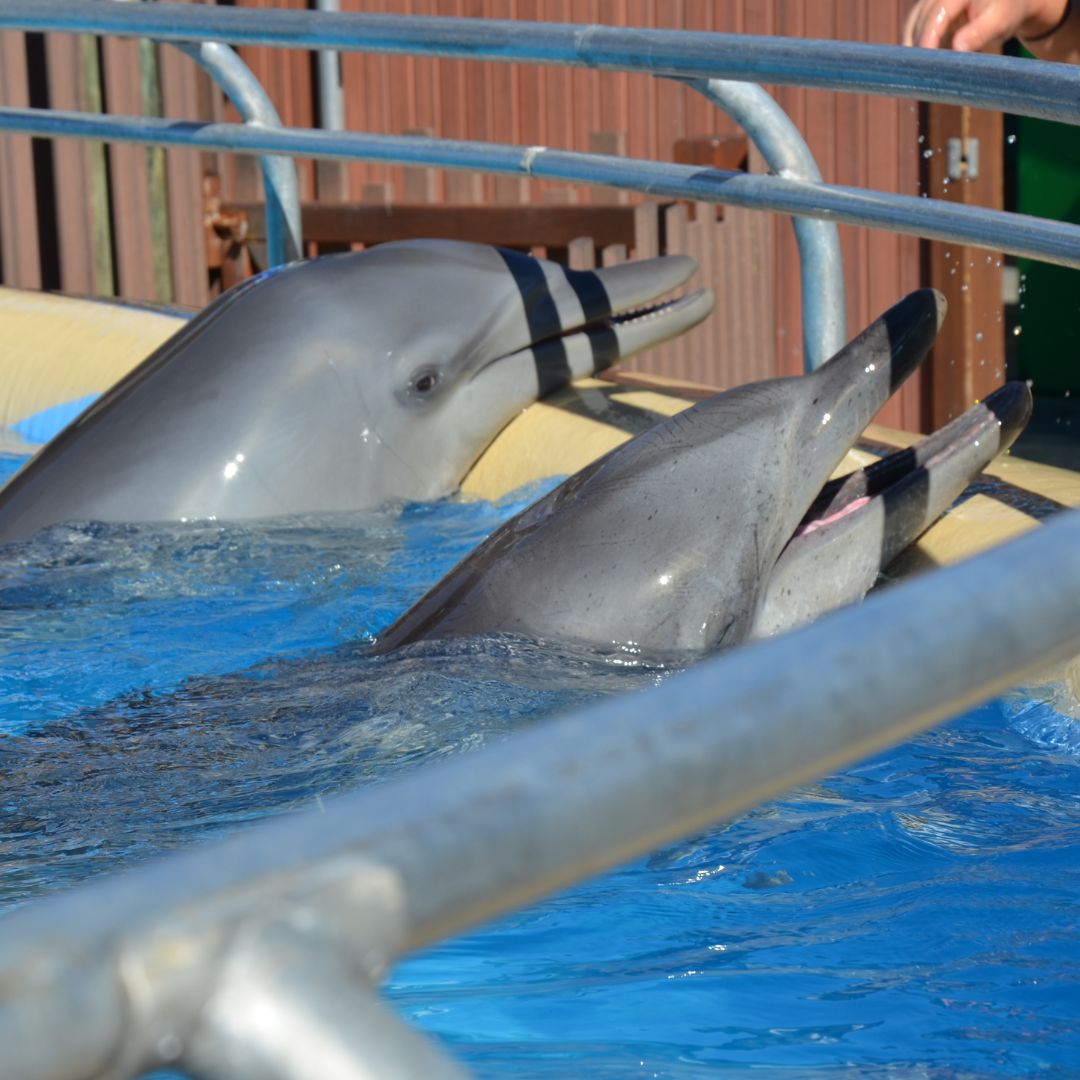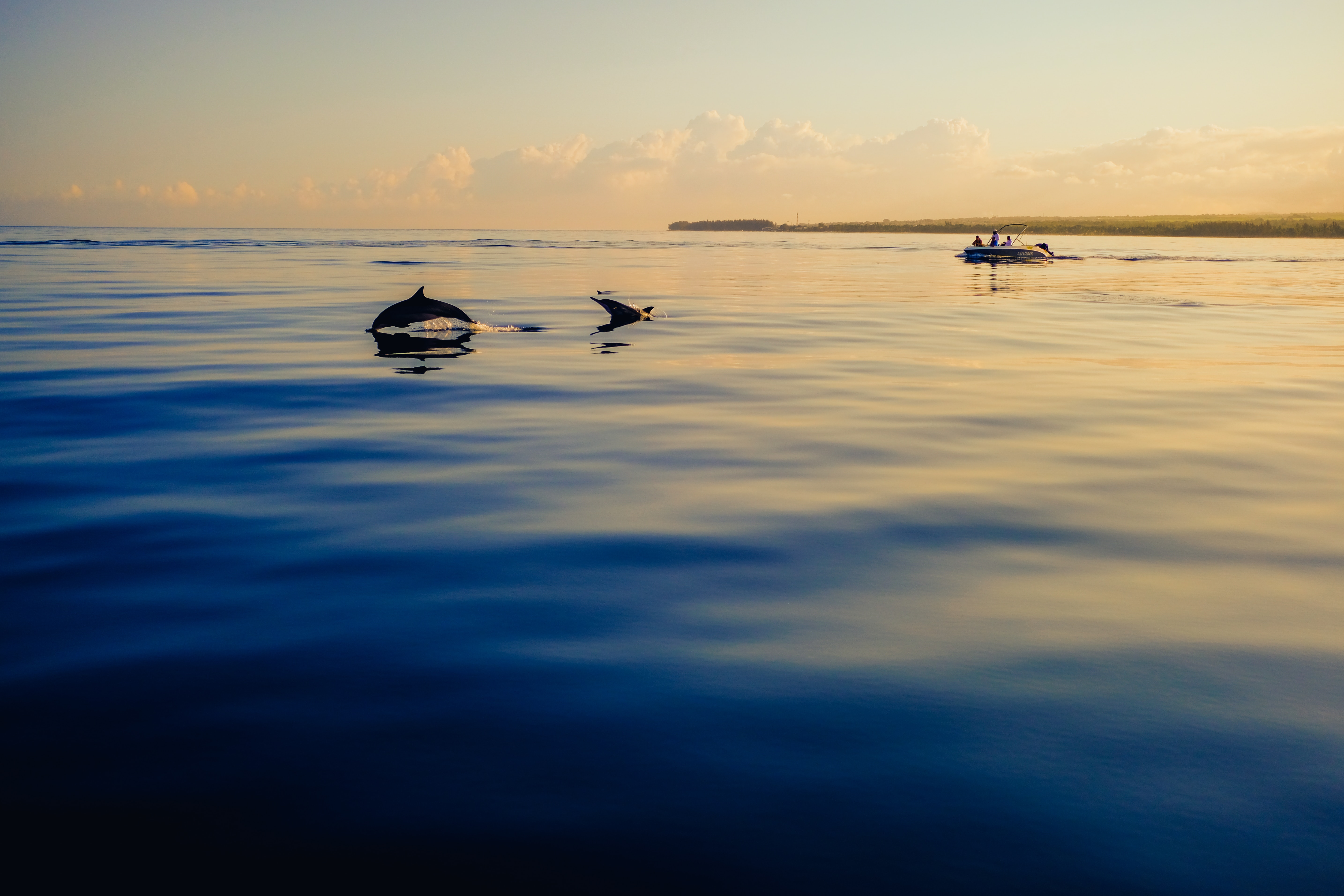The beautiful and nurturing relationship between mothers and their calves is incredibly strong and long-lasting in the wild. Calves often stay very close to their mother, learning essential foraging, social and hunting techniques.
Sadly, in captivity mothers are more likely to be separated from their young at an early age. This can stunt the learning development of calves, impact the emotional states of both mother and child, and can lead to high levels of calf mortality.[14] However, these factors are often ignored by the captive industry.[15]
